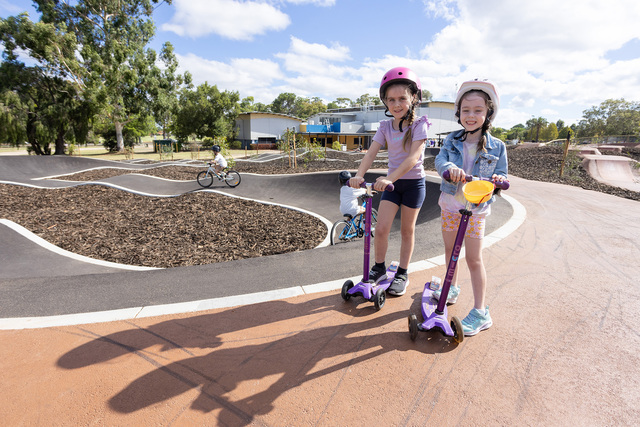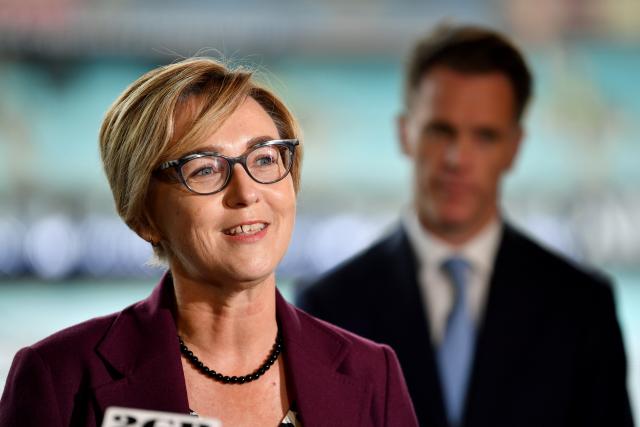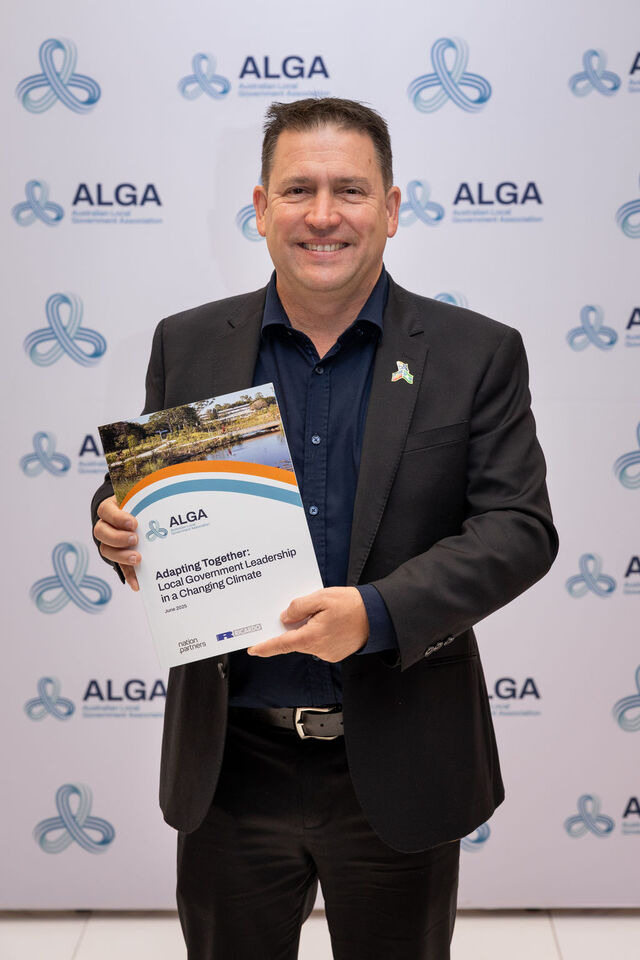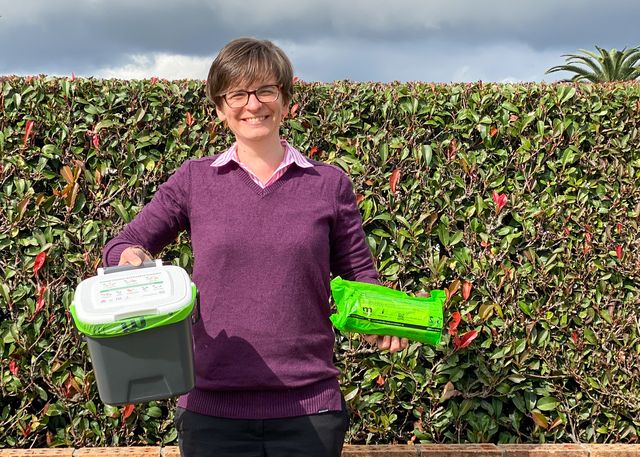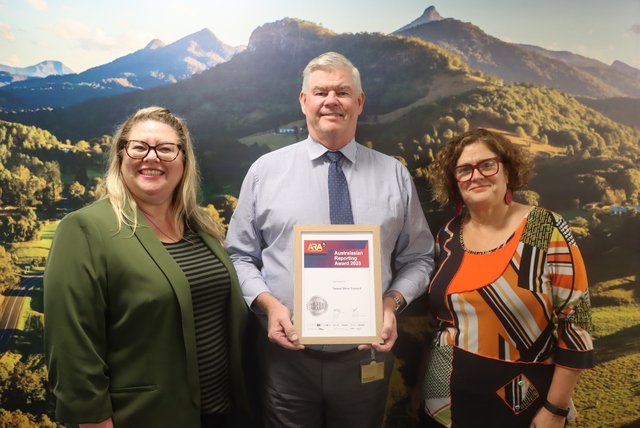Australia’s beaches are some of the nation’s most famous icons. Yet increased coastal urbanisation is threatening our coastlines and oceans. Future environmental impacts are likely to arise from Australia’s’ sewerage systems which discharge about 10,000 tonnes of phosphorous and 10,000 tonnes of nitrogen into coastal waters each year.
Declining water quality and sedimentation are probably the most serious issues affecting Australia’s marine and coastal environments. Elevated nutrients and sedimentation are the results of inappropriate catchment landuse practices, sewage discharges and urban run off.
Pressures are escalating as urbanisation increases in the most urbanised country in the world. Domestic households produce an average of 200 to 300 litres of sewage daily for each person. Much of Australia’s raw sewage only receives secondary treatment and remains high in nutrients.
This nutrient rich effluent eventually reaches the sea. Other major sources include urban stormwater from drains, industrial discharges, and boating and shipping wastes.
National hot spots are mainly located near our large cities and industrial areas. Many of their waterways are characterised by toxic algal blooms, heavy metal contamination, oil pollution, intractable litter, organochlorines, human pathogens and acid sulfate soils runoff.
The growing challenge for the efficient use of our water forms the basis for water reforms across Australia. We have now learnt that managing bits of a system is doomed to failure.
Though we talk about integrated or total catchment management there is still much to be achieved in this regard. Various new avenues of environmental remediation and enhancement need to be pursued to achieve definite standards and targets supported by regional water quality improvement measures.
Australians consume more than 14,600 million cubic metres of water a year – equivalent to over 30 times the capacity of Sydney Harbour. Over 70 per cent of this is used for irrigation. A further 21 per cent goes to urban and industrial uses and the remaining nine per cent to other rural activities.
The Council of Australian Governments (comprising the Prime Minister, State Premiers, Territory Chief Ministers and the President of the Australian Local Government Association) has endorsed a wide ranging framework of reform of the Australian water industry.
This framework recognises the need to adopt integrated planning approaches to wastewater and stormwater management and reuse, and an integrated catchment management approach to water resource management.
With water reform taking place across Australia, demand pressures on potable water supplies especially in rapidly expanding coastal cities are creating markets for wastewater and stormwater recycling. As the world’s second driest continent, after Antarctica, water recycling opens new doors for business as well as its environment.
The Federal Government has made a commitment to the wise use of water and our marine and coastal environment through the Natural Heritage Trust Funds $51 million Clean Seas Program, Living Cities $6.8 million Urban Stormwater Initiative and $2.9 million Cleaning Our Waterway Industry Partnership Program. These programs target pollution reduction and increased stormwater and wastewater recycling to reduce discharges into the marine environment.
Commonwealth funding is a major catalyst for consortia to construct infrastructure that is innovative and exemplifies best practice in managing the quality of wastewater and stormwater.
Turning a problem into a resource through capture, treatment and reuse of wastewater and urban runoff, industry source control, community education and water sensitive urban design are key components of the programs.
The programs are showing that Commonwealth and regional leadership, supported by demonstration projects, can be the catalysts to a paradigm shift in water conservation, pollution prevention and natural resource management in local, regional and State spheres.
For further information on the Clean Seas Program, Urban Stormwater Initiative and Cleaning Our Waterway Industry Partnership Program contact Garry Reynolds on (02) 6274 1684 or email garry.reynolds@ea.gov.au


